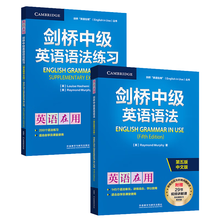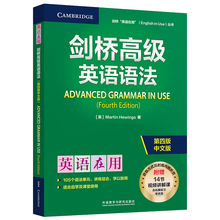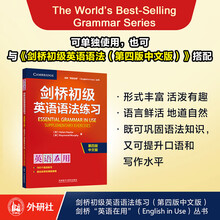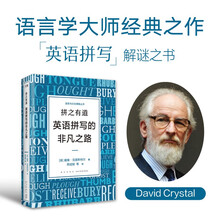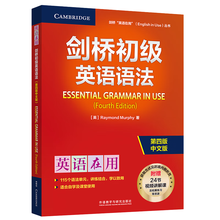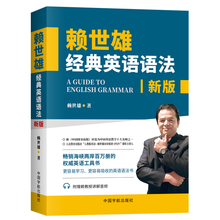Once the thesis is formulated, certain facts on the list will become more important than others, while a few may seem irrelevant.After those suitable items are picked out, an outline like the following one may be prepared:<br> Topic: The School Library<br> Thesis: The library plays a very important part in a stu-<br> dent' s life.<br> Outline:<br> Ⅰ . A student has to borrow books from the library.<br> A. He needs reference books for his elective courses.<br> B. He may want to read novels, stories and plays.<br> Ⅱ . He reads newspapers and magazines in the library.<br> A. Many new magazines are on display in the First Reading-Room.<br> B. There are newspapers from all provinces.<br> C. Back numbers may be borrowed at the counter.<br> Ⅲ. He needs the library all the more in his junior and senior years.<br> A. The library provides him with books for his re search.<br> B. He would not be able to write his graduation paper without using the library<br> B. Lajia Temple<br> Lajia Temple lies half way up Dalan Hill in Minghe county, Qinghai province. It was built during the Northern Wei dynasty in remembrance of Lajiameshi, a member of the Yellow Sect of Lamaism of India, who came to China in 321 A.D. to spread Hinsyana doctrine and spent thirteen years preaching around this place until he returned to India in 334 A.D.<br> The stone staircases lead you from the foot of the hill straight to the red<br> gate of Lajia Temple facing the east. Entering the gate there is a path 200 meters long and three meters wide stretching out before your feet.<br> Standing at both sides of the path are two small cone-shaped pavilions,each is supported by three red pillars. There stands a tablet recording the history of the temple in the pavilion on the left, while in the pavilion on the right, there is a chess table made of stone. Although it is worn by constant use, you can still discern the lines on the stone. It is said during the years when Lajiameshi editated in the cave behind the temple, he sometimes played chess with the local people on this table when he was tired from sitting. Later after his departure, the cave collapsed and the chess table was removed into the temple .<br> The path finally ends right in front of Falundian, the Hall of Dharma. It is a triangular prism-shaped structure with a clay elephant on the ridge.Under the four overhanging eaves are four great pillars on which flying dragons are spiralling upward. The whole structure is about 11 meters in height and occupies a floor space of 300 square meters.<br> Once you get into the hall, the first thing you see is the colored clay<br> sculpture of Sakyamuni sitting cross-legged on the waterlily stand. The Buddha has a calm smile on his face. The robe is tightly wrapped around his body as if he has just come out of water. On the right of Sakyamuni is the laughing Amitabha in his half-lying posture, while the Buddha of Infinite Life on the left has a serene look.<br> At the back of the three buddhas is the standing statue of Lajia-meshi,<br> made of elm. It is the image of a thin man with long curly hair and bright eyes His left leg is raised as if he were stepping swiftly into the gate of heaven. The long streaks engraved on the cassock give you the impression that he is riding on the wind. This was a most learned man who came to China as a religious preacher, and at the same time he introduced a totally different culture to the Chinese people. Largely owing to his efforts, the Chinese built the first and largest temple of the Yellow Sect of Lamaism of China--Taer Temple<br> -- Student<br> Book reports may be required by teachers who want to know whether their students have read the books assigned and how well they understand those books. If they are not required, students may as well write one or two for themselves, for writing book reports helps students to improve their reading comprehension and their ability to analyze and evaluate books. Moreover, it is very good written practice.<br> Generally speaking, a book report consists of the following three main parts: information about the author and his times, a summary of the book, and comments on it.<br> A brief account of the author's life should be given together with a description of his times. The latter should include the circumstances that led to the writing of the book under discussion and the historical and social background related to the content of the book. To make these things clear, the writer perhaps needs to read some reference material, such as biographies of the author and histories of the period described in the book.<br> As has been mentioned in the previous section, a summary should be self-contained, clear, and easy to understand. Above all,it should be objective. Comments on and criticisms of the book should not be mixed with the summary; they can be left to the third part. The summary of a novel or a play is usually written in the present tense, while that of nonfiction, in the tense of the original work: for example, the past tense should be used for a history, the present for a scientific work.<br> Comments on and evaluation of the book form the third and most important part of a book report. In this part the writer expresses his or her own views on the book, names its merits and merits, and discusses its relevance to the present time. The discussion should of course center on the content of the book, but the author's style and techniques of presentation, if interesting, can be touched upon.<br> Here are two sample book reports.<br> ……
展开

